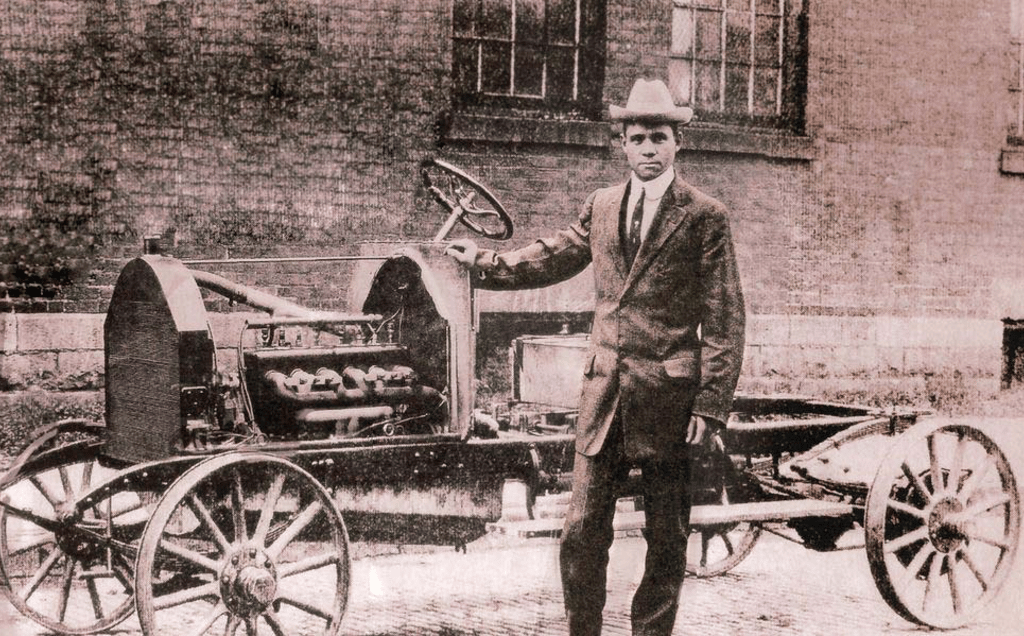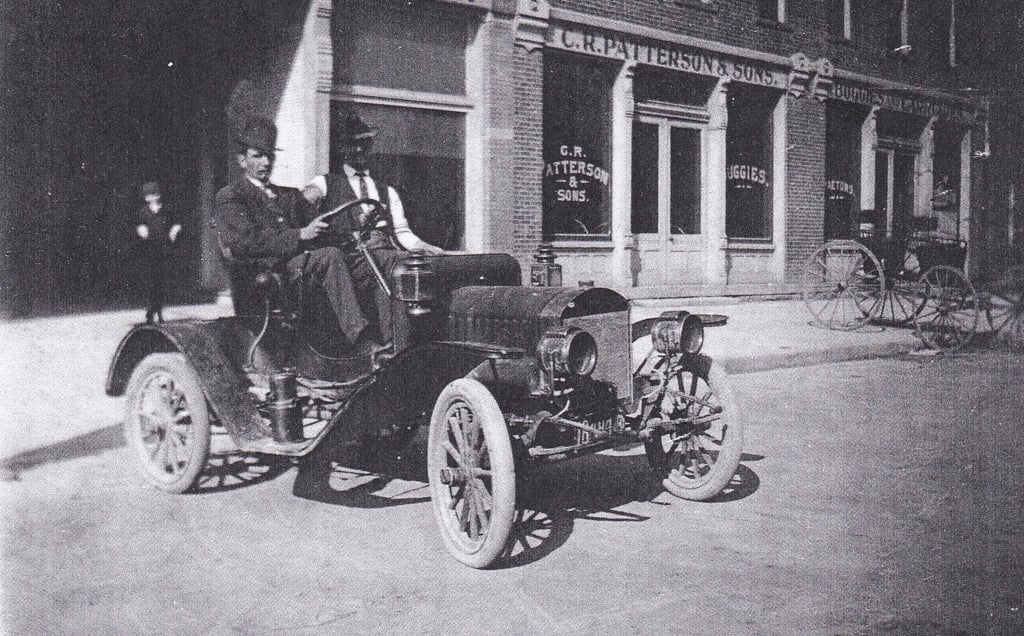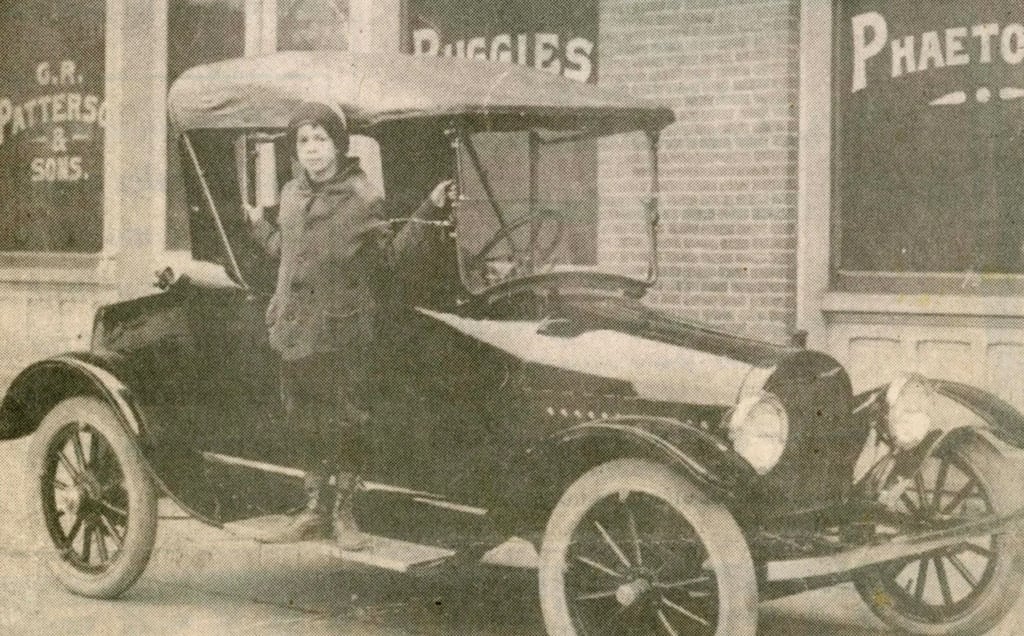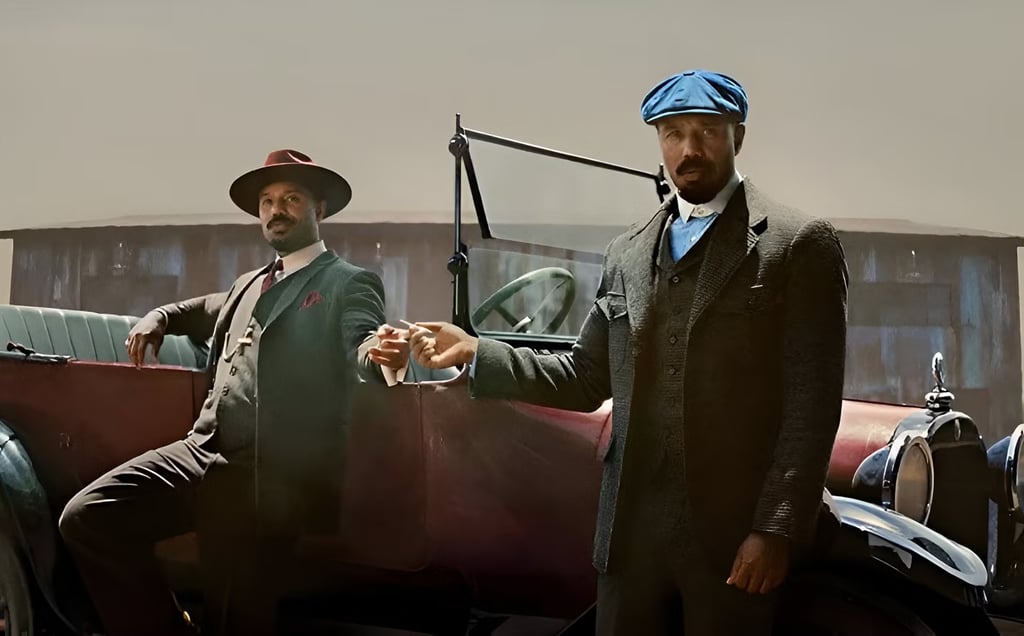Charles Richard Patterson and Fredrick Douglass Patterson: The Erased History of the First Black Automaker - C.R. Patterson and Son
TRUE HISTORY
11/6/20254 min read


Charles Richard Patterson and Fredrick Douglass Patterson: The Erased History of the First Black Automaker - C.R. Patterson and Son
When we tell the story of the American automobile, we usually begin with mass production lines, Henry Ford, and the Model T. What rarely makes the pages is the quieter, stubborn story of a family that built wheels, bodies, and engines with the same ingenuity — and against far greater odds.
Charles Richard (C.R.) Patterson was born into slavery in 1833 and, by the turn of the 20th century, had established a thriving carriage business in Greenfield, Ohio. His sons transformed that craft into one of the nation’s earliest Black-owned automobile ventures — a company whose achievements were real, respected at the time, but later largely erased from mainstream history.
From Blacksmith Apprentice to Carriage Builder
Charles “Rich” Patterson learned metalwork and wagon repair as a young man — skills that became the foundation of his life’s work. After the Civil War, he entered the carriage trade, partnering with white craftsmen before establishing his own company. Known for their sturdiness and elegant finishes, C.R. Patterson & Sons carriages gained a loyal following, especially among professionals and families seeking dependable transportation.
By the late 1800s, the business had grown steadily — employing dozens of skilled Black mechanics and craftsmen. By 1900, as many as fifty workers were producing up to 600 vehicles annually. Patterson’s shop became a symbol of Black excellence and enterprise in an era when both were systematically suppressed.
Patents, Innovation, and Borrowed Genius
Long before the Patterson-Greenfield automobile ever rolled off the line, the Patterson family had already proven themselves as innovators. Their carriages were admired nationwide for design, durability, and winter performance — particularly the Patterson Perfect Winter Buggy, which became a bestseller across the country.
C.R. Patterson held several patents, including one for a sliding carriage door mechanism that operated much like the side doors seen on today’s vans. The design was ahead of its time — running on interior tracks that prevented doors from freezing shut in harsh weather. The quality was so advanced that larger, white-owned carriage companies paid royalties to use Patterson’s design, often agreeing to a two-year waiting period before they could legally incorporate it into their own vehicles.
In other words, decades before Ford rolled out the Model T, a formerly enslaved Black inventor’s technology was being licensed and regulated by the very people who would later write him out of history. Patterson’s ingenuity not only shaped the market — it proved that innovation had no color, even when opportunity did.
A Son with a Vision: Frederick Douglass Patterson
Frederick Douglass Patterson, born in 1871 and educated at Ohio State University, inherited not only his father’s mechanical genius but also his fearless ambition. After his father’s passing in 1910, Frederick took the helm of the company and shifted its focus toward the future — motorized vehicles.
In 1915, the firm introduced the Patterson-Greenfield automobile, a handcrafted car that cost about $850 and was widely praised for its quality and elegance. The car’s design was said to rival — even surpass — Ford’s Model T in performance and comfort. But while Ford benefited from a white-controlled system of financing, suppliers, and dealerships, Frederick Patterson’s company faced the racial barriers that defined the Jim Crow era.
White-owned banks refused loans. Distribution networks and dealerships excluded Black-owned products. Despite the excellence of their engineering, C.R. Patterson & Sons could not expand at the scale of their white counterparts.
Resilience Amid Racism
Even so, Patterson’s business continued to adapt. When automobile mass production made small-batch manufacturing nearly impossible to sustain, the company pivoted to producing buses, commercial vehicles, and school wagons. Their school transportation vehicles, capable of carrying up to 28 students, became so popular that Patterson’s firm monopolized the school market across Ohio and surrounding states.
The company endured for decades — a remarkable feat given the financial and social constraints of the time — before finally closing its doors in 1939 amid the Great Depression. But its legacy didn’t die; it simply went uncredited.
Erasure and Rediscovery
Why has Patterson’s story been so easily forgotten? Part of it is the physical absence — few, if any, original Patterson-Greenfield cars are known to exist today. But the greater reason is systemic erasure. White historians, institutions, and industrial archives celebrated Ford and General Motors while overlooking the Black innovators who paved parallel paths.
Only in recent years have historians and institutions like the National Museum of African American History and Culture begun to highlight Patterson’s role as the first and only African American automobile manufacturer in U.S. history.
The Larger Truth: Black Ingenuity and Industrial America
The story of C.R. Patterson & Sons reshapes our understanding of the Industrial Revolution. It reveals that the machinery of progress was never built by one race or one class — it was built by countless hands, many of them Black, whose contributions were buried beneath the myths of white invention.
C.R. Patterson’s company didn’t fail — it thrived under impossible odds, innovated fearlessly, and proved that brilliance was never limited by skin color. What limited it was the system itself.
To un-erase this history is to restore truth, pride, and recognition where it always belonged.
Sinner's Photo: In Sinners, the car driven by the SmokeStake twins is a C.R. Patterson & Sons' Patterson-Greenfield Automobile.
For more articles, to read our monthly magazine, to peruse our collection of Black Authored books and classic Black Cinema/Documentaries/Newsreels visit: https://blackzonemagazine.com
#sinners #sinnersthemovie #Blackstories #BlackHistory #untoldblackhistory #americanhistory #CRPatersonandsonautomobiles






